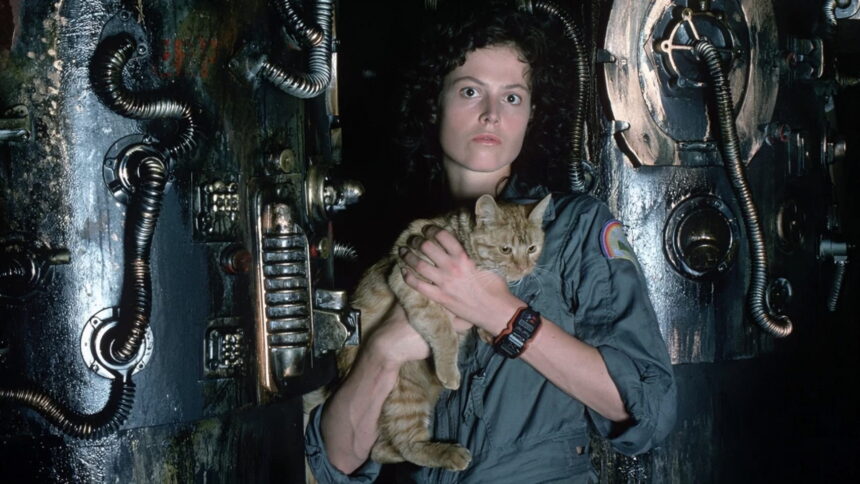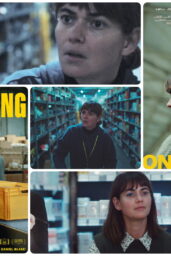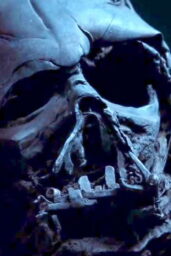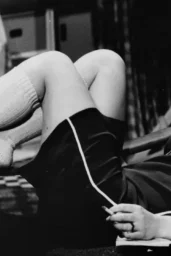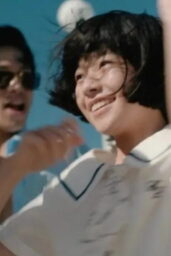When it comes to the Alien franchise, Ellen Ripley (Sigourney Weaver) is the heart and soul of the series. So, when Alien: Romulus was announced as a prequel/sequel set between Alien and Aliens, fans were understandably curious: where's Ripley? Director Fede Álvarez has now spilled the beans, revealing how the iconic character is secretly embedded in the film—even if you didn't notice her. Let's dive into the fascinating details.
The Mystery of Ripley's Absence
Alien: Romulus takes place in the timeline between Alien and Aliens, a period where Ripley is floating in stasis aboard the Narcissus shuttle. While she doesn't physically appear in the film, Álvarez has crafted a clever narrative thread that ties her to the story. In an interview with Collider, the director explained his thought process:
“If Weyland-Yutani could find the Xenomorph floating around the debris of the Nostromo, finding the Narcissus—the shuttle Ripley escaped in—would be the easiest part. It's a lifeboat; it has a beacon. So, I'm sure they did.”
This logic led Álvarez to include the Narcissus in the film, subtly placing it in the background of key scenes. For eagle-eyed fans, the shuttle appears twice, hinting at Ripley's unseen presence.
A Parallel Story Unfolds
Álvarez didn't stop there. He envisioned an entire parallel storyline for Ripley, one that happens off-screen but is deeply connected to the events of Alien: Romulus. In his mind, Ripley is aboard the Renaissance station, fighting her own battle against the Xenomorphs.
“There's plenty of room for Ripley to be around doing her thing,”
Álvarez said.
“And then, when she realizes the whole thing is going to blow up, she has to get back to the Narcissus and get the f*ck out of there.”
This creative decision not only pays homage to Ripley but also explains her 40-year absence between Alien and Aliens. According to Álvarez, Weyland-Yutani likely intercepted the Narcissus, delaying her return to Earth.
The Visual Easter Eggs
For fans who love digging into details, Álvarez and his VFX team included subtle nods to Ripley's presence. During the film's climactic explosion, the Narcissus is seen escaping the station, a moment Álvarez specifically requested.
“I asked the VFX team, ‘Can you give me a Narcissus there?' And they were like, ‘We're on it!'”
he recalled.
“So, as the Corbelan is escaping, you can see the Narcissus with Ripley inside just flying out of there.”
Conclusion:
Fede Álvarez's approach to Alien: Romulus is a masterclass in balancing fan service with original storytelling. By weaving Ripley's presence into the background, he honors the franchise's legacy while carving out a fresh narrative. The film's success has already sparked talks of a sequel, leaving fans eager to see where the story goes next.
Personal Impressions:
As a longtime Alien fan, I found Álvarez's handling of Ripley's absence both clever and respectful. While some might argue that her off-screen presence feels like a missed opportunity, I appreciate the subtlety. It's a reminder that not every story needs to revolve around the same characters. That said, I hope any future sequels continue to explore new corners of the Alien universe without relying too heavily on nostalgia.
What do you think about Fede Álvarez's decision to keep Ripley's role in Alien: Romulus purely symbolic? Should she have had a more prominent presence, or was this the right call?

